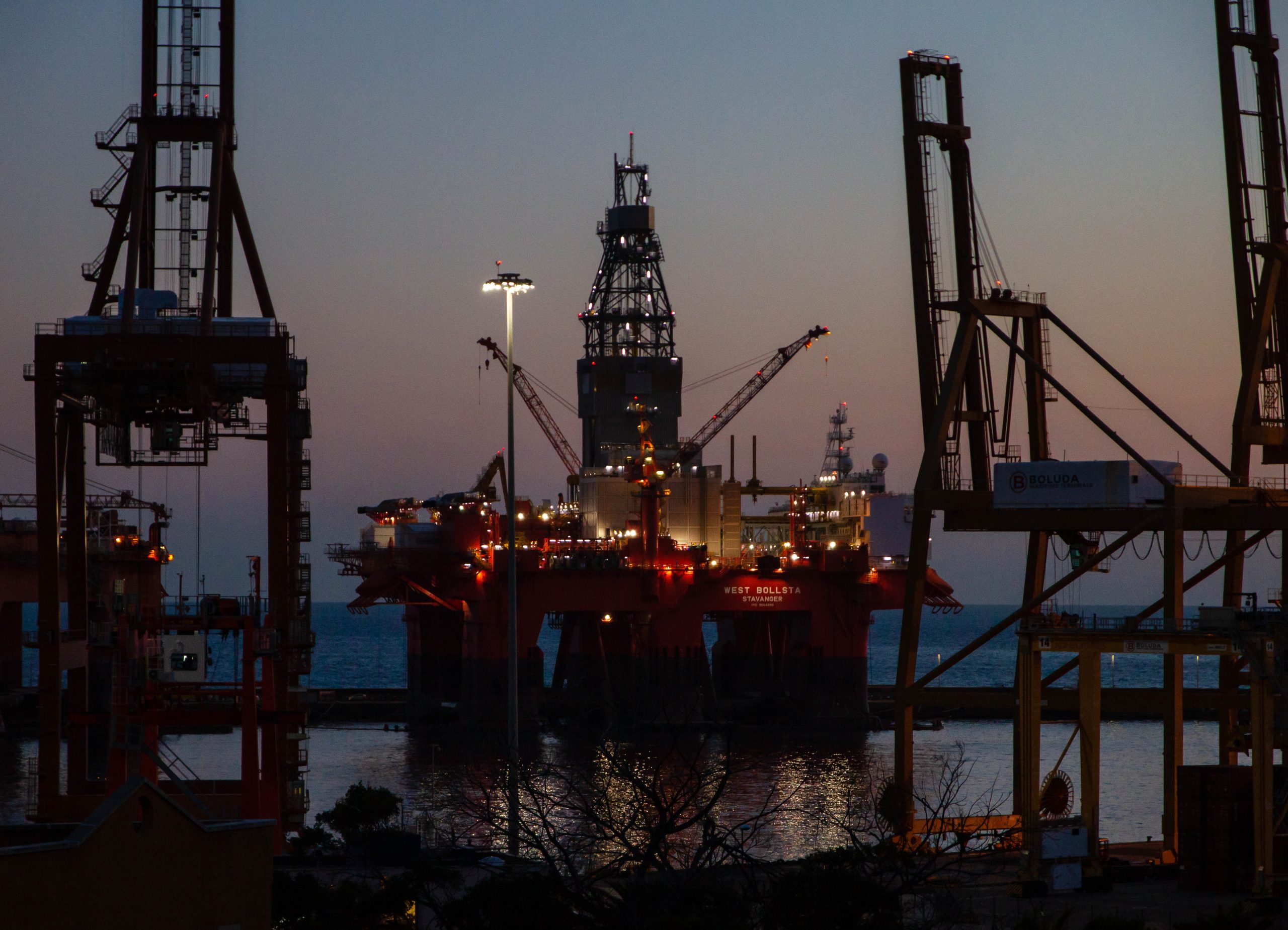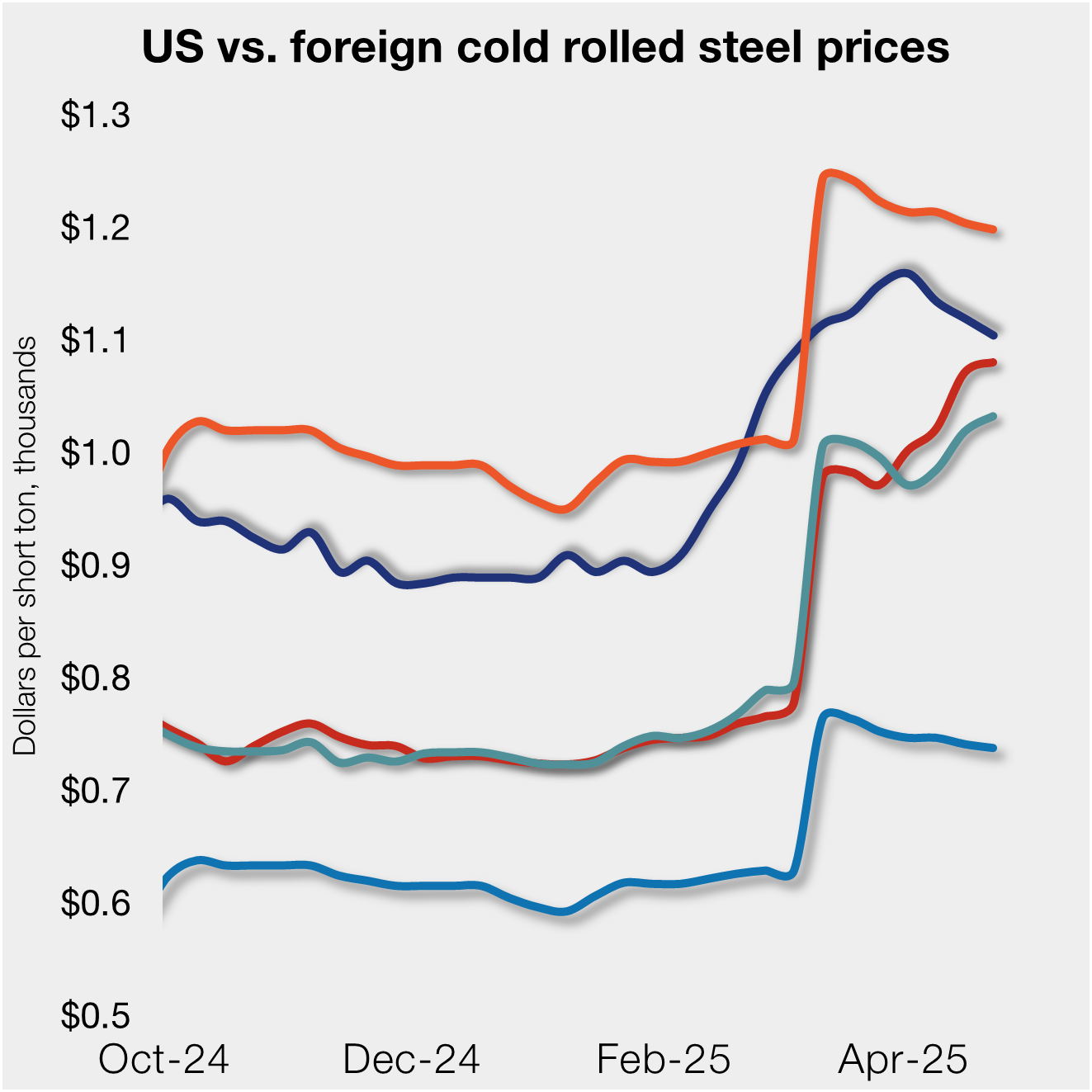Steel Products

AHMSA Furnace Restarted After February Unplanned Outage
Written by Michael Cowden
March 5, 2021
Altos Hornos de México (AMSA) has resumed normal operations at its No. 5 blast furnace following a temporary outage last month, a company spokesman said. The No. 5 furnace had to stop for two days because of severe weather and a natural gas shortage.
![]()
The Mexican flat-rolled steelmaker last month said that it had lost at least 20,000 tons of liquid steel production following an unprecedented cold snap across the southern U.S. and Texas.
The Lone Star state is a significant source of natural gas and electricity for Mexico.
The restart of the No. 5 furnace is another indication that Mexican output has largely returned to normal following February’s severe cold.
Another example: Ternium México declared “force majeure” on Feb. 15 because of severe weather and power outages. The company said during an earnings call later in the month that the event had cost it approximately 80,000 tons of production, but that operations had since returned to normal.
The snow and cold also significantly reduced operations at electric-arc furnace (EAF) steel mills in the southern U.S.
AHMSA operates two blast furnaces, the No. 5 and No. 6, in the northern city of Monclova in Mexico’s Coahuila state.
AHMSA’s No. 6 blast furnace remains idled, the spokesman said.
ARTICLE CONTINUES BELOW
{loadposition reserved_message}
The No. 6 furnace was not impacted by the cold weather. It was idled in 2020 because of market conditions.
The No. 5 furnace has capacity of 1.91 million tons per year and the No. 6 furnace annual capacity of 1.27 million tons, according to the Association for Iron and Steel Technology’s 2021 Directory of Iron and Steel Plants.
AHMSA makes hot-rolled coil, cold-rolled coil, plate, tinplate and structural shapes, per its website.
SMU does not publish Mexican steel prices. But the North American market, as gauged by SMU’s benchmark U.S. hot-rolled coil index, is testing historic highs.
SMU’s average hot-rolled coil price stands at $1,240 per ton, up 7.8% from $1,150 per ton a month ago and up 25.9% from $985 per ton at the beginning of the year.
Mexico is also an important supplier to the U.S. market.
Domestic steel consumers imported 3.01 million metric tonnes from Mexico in 2020, making Mexico the No. 3 source for foreign steel in the U.S. behind only Canada (4.76 million tonnes) and Brazil (3.67 million tonnes), Commerce Department figures show.
By Michael Cowden, Michael@SteelMarketUpdate.com

Michael Cowden
Read more from Michael CowdenLatest in Steel Products

US rig count up, Canada declines
Oil and gas drilling activity was mixed this week, according to Baker Hughes. US rig counts expanded for a second straight week, while Canadian activity continued its seasonal slowdown of eight consecutive weeks.

US, offshore CRC prices continue to diverge
US cold-rolled (CR) coil prices declined again this week, slipping for a third straight week. Most offshore markets did the opposite, moving higher this week.

S232 lifts EU HR price over US, Asian HR still well behind
Domestic hot-rolled coil prices were flat this week after dropping for four straight weeks. Most offshore markets bucked the trend and gained ground.

SMU Steel Demand Index dips into contraction
SMU’s Steel Demand Index has moved into contraction, according to late April indicators. The slowdown comes in response to growing tariff uncertainty after the index reached a four-year high in late February.

Nucor selects Fives Group for new galv line at CSI
Nucor Corp. has tapped Fives Group as its partner in designing and manufacturing the new continuous galvanizing line being added at its California Steel Industries (CSI) joint venture in Fontana, Calif.
